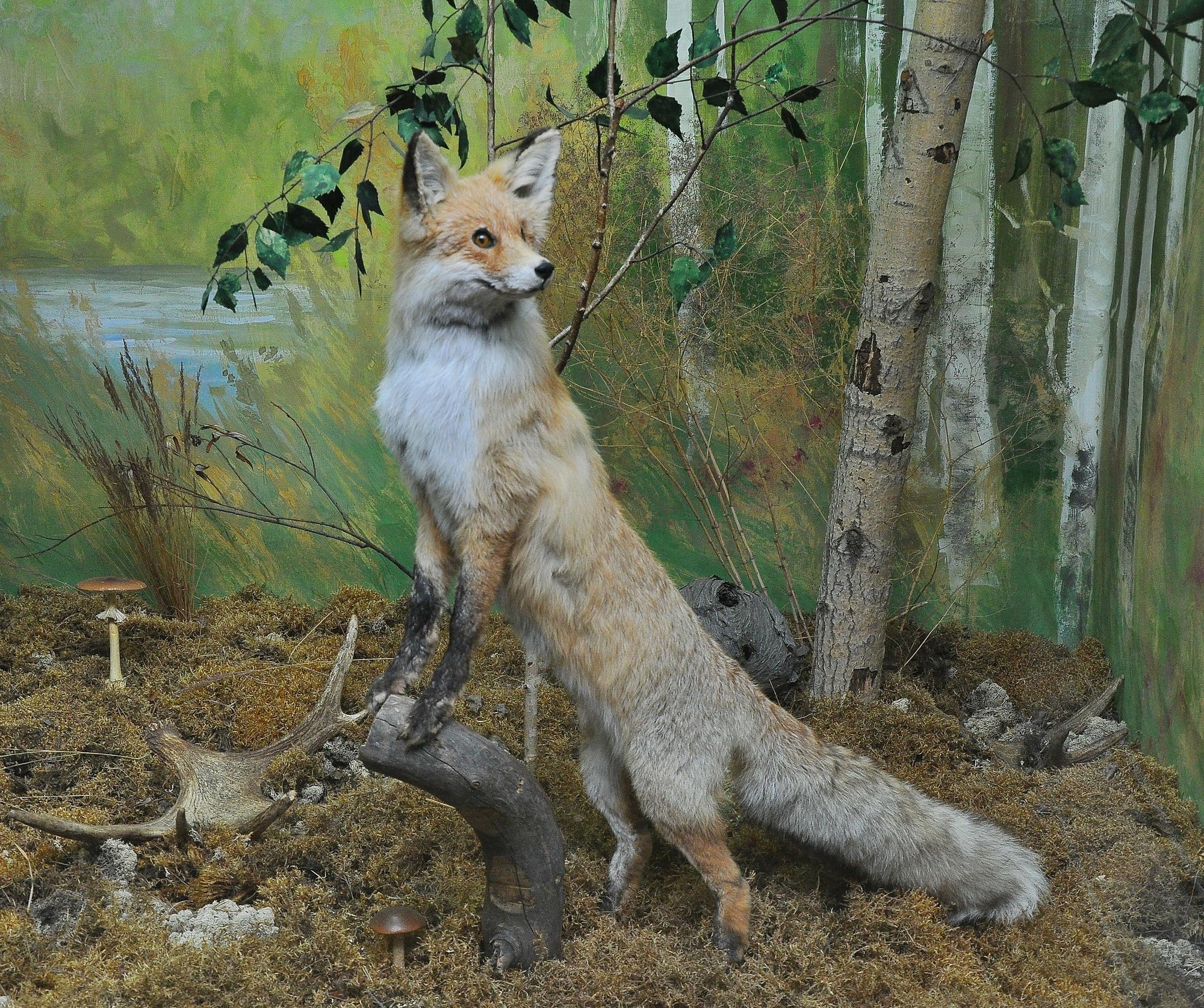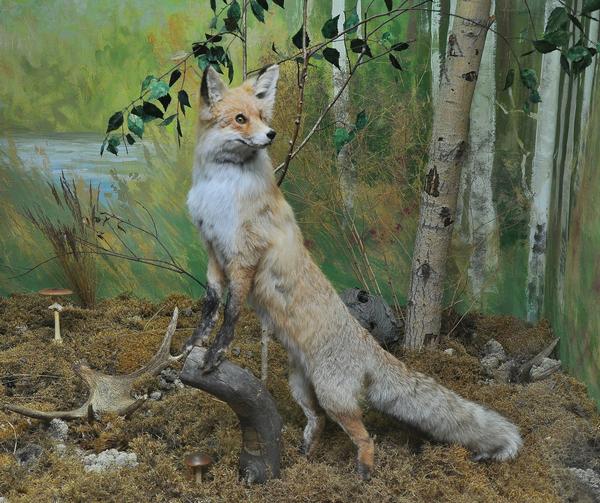The common fox is a predator from the Canine family. Its Latin name is Vulpes. It is a medium-sized, elegantly built animal with an elongated pointed face, large sharp ears and a long, very fluffy tail. The common fox is a predator from the Canine family. Its Latin name is Vulpes. It is a medium-sized, elegantly built animal with an elongated pointed face, large sharp ears and a long, very fluffy tail.
The fox usually has a bright red back, a white belly and dark paws. However, the coloring of fox hair and the size of the animal depend on the terrain: there are a total of 40-50 subspecies. As the foxes’ habitats move north, the animals become larger and lighter, while in the south, they are smaller and their coloring gets duller. Black-brown coloring is also more common in the northern regions and in the mountains.
Foxes begin to shed fur in February-March and end in mid-summer. Immediately after that, the winter fur begins to grow, completely covering the animals by the end of November, or early December. Their summer fur is much rarer and shorter while the winter fur is thick and lush.
The fox is common throughout the country, except for the Arctic tundra and some islands. It can easily exist next to humans and often settles on the outskirts of cities. Foxes hunt around the clock, but more often at dusk. They eat rodents, hares, birds, insects, berries and carrion.
To breed, the foxes dig deep burrows or occupy other animals’ ones, those of badgers, for example. Foxes’ rutting season lasts between February and March; when they bark they produce a loud cracking sound during the period. Pregnancy lasts for 6 to 8 weeks, and there are usually 4 to 6 cubs in a brood.
Like the wolf, the fox belongs to the monogamous animals, which reproduce only once a year. The rutting period and its effectiveness depend on the weather and the amount of fat cover on the animals. There are years when up to 60% of female foxes are left without offspring. Already in winter, foxes begin to search for places to raise young animals, and jealously guard them. There are practically no ownerless burrows at this time, and if one female dies, its dwelling is occupied by another. A female is often cared for by two or three males.











